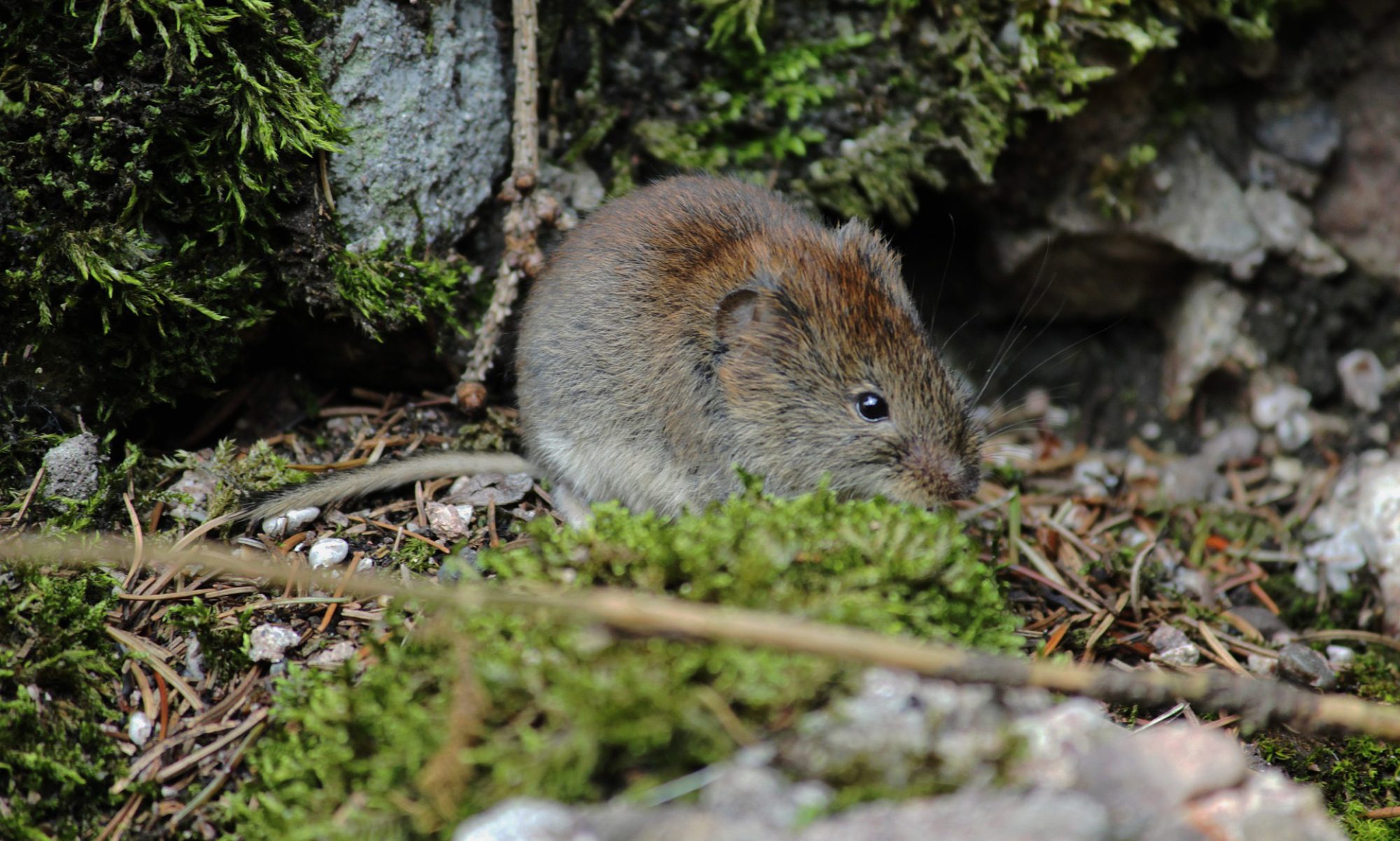| Generic Risk Assessment Assessment: Working in or near water
Scope: [Activity Name] |
||
| Volunteer’s Tools: Volunteers bring their own tools which must be fit for purpose, at their own risk. The Group cannot accept any responsibility for a volunteer’s own tools unless by prior agreement.
Volunteer’s Dogs: Dogs should only be brought to sites where they will not disturb wildlife and other livestock and where it is acceptable to the management and other users of the site. Dogs are brought at the owner’s own risk, the group cannot accept any responsibility for their wellbeing. |
||
| Typical groups at risk Volunteers; other site users; general public | Typical uncontrolled outcomes
Cuts and sprains; puncture wounds; strained back; crush injuries; Toxocariasis; Toxoplasmosis; Phytophotodermatitis |
|
| Hazards
Contact with hand tools Working in waders, especially if they fill with water Deep or fast flowing water Slips, trips and falls Contact with harmful substances Manual handling wet materials Contact with rats urine, faeces and other bio-hazards Contact with dead animals, or water polluted by them |
Controls
Tools: See “General Conservation Activities” risk assessment Group members given training in working in waders (i.e. getting in and out of waders).. Do not work in or above water above waist depth. Do not work in fast flowing water. For work in water more than welly depth, there must be another person on the bank with immediate access to a rope or buoyancy aid. Avoid lone working when working in or next to water. Identify escape routes which must be kept clear at all at all times to ensure volunteers can get out of water quickly and safely. Provide lifebuoy or throwline if appropriate. Went working in water movement should be slow and measured. Check for hidden or buried objects, sudden changes in depth and that bottom is stable and will bear volunteer’s weight. When working on soft ground check that it will bear volunteer’s weight. Use duckboards if available. Sharp or swinging tools not to be used when wet. Volunteers must have a firm stable stance before using tools or handling wet material. Do not overreach when working from bank. Only work at the water’s edge if that edge is clearly visible, e.g. is not obscured by vegetation, and has not undermined. Do not work in water contaminated with sewage. Strong waterproof gloves must be worn to handle debris and rubbish from water. In deeper water wear pond gloves to protect arms. Dead animals must not be touched – inform the site owner or manager. Always wash hands or use cleansing wipes or gel before eating, drinking or smoking. Advise volunteers that wet material is heavier than its dry counterpart. Demonstrate safe lifting and handling techniques. If available, use wheelbarrows and other handling aids to move heavier items. Ensure routes for transporting tools and materials are kept clear. Store tools and debris away from walkways and banks. |
|
| PPE Rigger gloves; Goggles; Hedging gloves…. Items needed will vary according to the task. |
||
Risk assessment adapated from econetreading.org.uk
Phytophotodermatitis is a rash which occurs when the sap of certain plants comes in to contact with the skin and is then exposed to the sunlight. The rash usual appears after about 24 hours and may be an odd shape, appear bruised, or develop blisters. Plants that may cause the condition include members of the carrot and parsley family.
Toxocariasis is a rare infection caused by roundworm parasites which is spread from animals (particularly cats, dogs and foxes) via their infected faeces. For most these larvae cause no symptoms and die within a few months. However, some may experience mild symptoms such as a cough, high temperature (fever), headaches or stomach pain. In rare cases, organs such as the liver, lungs, eyes or brain become infected causing severe symptoms such as fatigue, loss of appetite, breathing difficulties and blurred or cloudy vision in one eye.Further information can be found on the NHS Choices website, www.nhs.uk/Conditions/Pages/BodyMap.aspx?Index=T
Last updated:Toxoplasmosis
Toxoplasmosis is a common infection that occurs in most birds and mammals, including humans. Signs of toxoplasmosis include mild flu-like symptoms, such as high temperature, sore throat and aching muscles. However, in most cases, toxoplasmosis doesn’t cause any symptoms although serious complications may arise in those with weakened immune systems.Congenital toxoplasmosis is also more serious and occurs when a woman becomes infected during pregnancy and passes the infection on to her unborn baby. This can result in the baby developing serious health problems such as blindness and brain damage.Toxoplasmosis is caused by infection with a common parasite called Toxoplasma gondii which amongst various sources can be found in cat faeces and soil contaminated with infected cat faeces.Further information can be found on the NHS Choices website, www.nhs.uk/Conditions/Pages/BodyMap.aspx?Index=T

